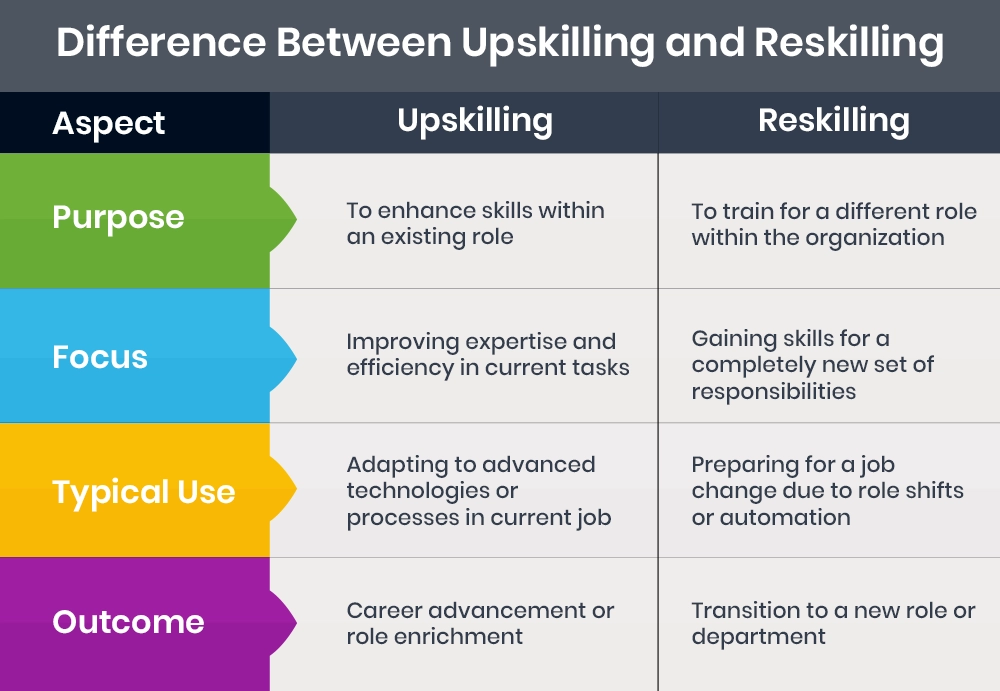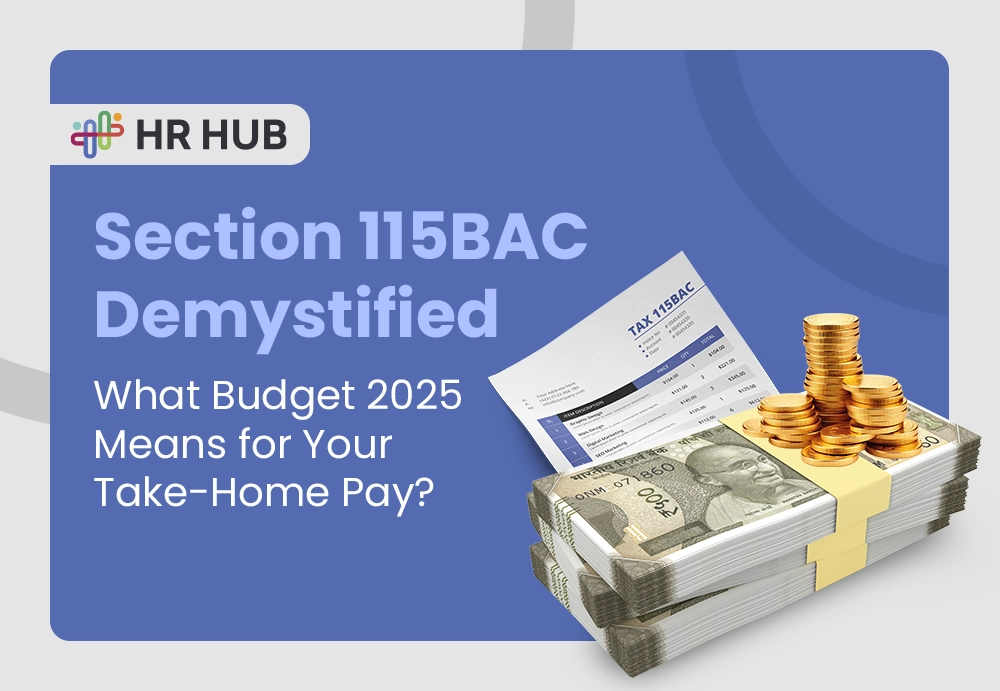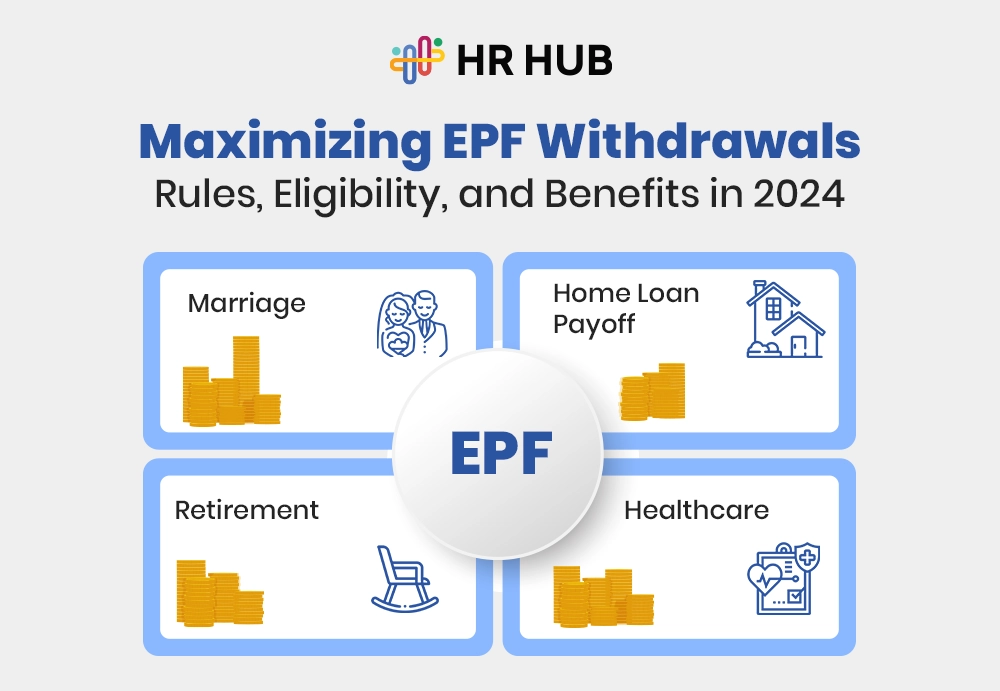In a world where change is the only constant, undoubtedly, the challenge confronting businesses across the globe is ensuring that your workforce adapts to changing technologies and business demands. From altering traditional jobs with automation and hybrid work models to revising the basic premise of teams, 2024's workforce needs to be readied for an unpredictable tomorrow and sure for today. No debate about the need to upskill or reskill, but rather, how best to do so.
Upskilling is training or improving already acquired employee skills to improve their performance in their assigned roles or advance to higher-level positions. Reskilling involves employees engaging in new roles established by changes in the industry they are preparing for. Such strategies form the bedrock of organizational growth and contribute significantly to employee satisfaction and retention.
What is the Upskilling and Reskilling? Understanding the Difference Between Them?
Upskilling teaches employees new skills within their current roles to help them advance or improve their performance.
Reskilling is the training of employees to take on new roles, often due to shifting business needs or technology advancements.

Why Upskilling and Reskilling Are Critical in 2024?
Change is happening at the speed of history in 2024 and is motivated by technological breakthroughs, pressures from a new wave of global competition, and changes in workplace culture. Upskilling and reskilling are no longer choices but imperatives for organizations to stay relevant and competitive. Let’s go ahead to understand the reasons for performing the upskilling and reskilling.
1. Technological Disruptions
The speedy implementation of automation, artificial intelligence, and machine learning within industries characterizes the Fourth Industrial Revolution. Technologies such as generative AI, IoT, and blockchain demand specialized skills, while some traditionally sought skills become outdated.
For example, retail has grown to increasingly require data scientists who can study customer behavior, while autonomous vehicles create needs for engineers with AI systems skills.
2. Hybrid Work Models
Hybrid model work, where work from home and work from office blend seamlessly, places significant demands on digital collaboration tools and cyber security. Employees must prepare themselves for managing virtual teams and setting up infrastructures to ensure productivity without direct supervision while maintaining seamless communication across geographies.
3. Employee Expectations
Modern employees seek organizations that invest in their professional development. A LinkedIn report found that companies providing robust learning opportunities see 53% higher employee engagement and retention rates.
Employees want clear career paths, opportunities for growth, and skill development, making upskilling a key driver for talent acquisition and retention.
4. Economic and Regulatory Pressures
In light of global economic volatility, the business world has changed radically. Be it disruption to a company's supply chain or new data privacy regulations, today's organizations need teams that can quickly pivot between these tasks.
For example, large numbers of data privacy officers and cybersecurity experts are sought after as compliance requirements become more stringent.
5. Global Competition
Global talent markets have resulted in businesses that now face the best of the global world instead of competing at the local level. Upskilling the employee pool in language, cross-cultural communication, and international regulations will allow companies to enter new markets.
The Role of HR in Creating a Resilient Workforce
HR can uniquely collaborate with organizational goals and employee needs to meet the challenges of upskilling and reskilling. This is how HR drives workforce resilience:
1. Identifying Skills Gaps
HR leverages data-driven approaches, such as:
- Competency mapping: Monitor existing competencies of all employees in one master matrix across teams.
- Predictive Analytics: With the help of AI, make large-scale predictions in advance about which skills will be needed based on industry trends and current technological adoption.
- Providing Feedback Loops: Collecting input from line managers and staff regarding areas that need to be improved.
For example, the HR department of a tech company might decide there is a rising need for cloud computing professionals and, on their initiative, design training programs.
2. Developing Customized Learning Journeys
HR ensures that training programs are not generic but tailored to individual and organizational needs:
- Role-Specific Training: Focuses on immediate job requirements, such as a marketing team learning data visualization tools.
- Career Progression Tracks: Offer paths to leadership or specialist roles, such as equipping junior engineers with soft skills for managerial positions.
3. Leveraging Modern Learning Platforms
HR integrates technology into learning initiatives:
- AI-Powered Platforms: Adaptive learning solutions like Coursera will curate individual experiences based on employees' learning performance.
- Gamified Learning: Tools like Kahoot or Quizizz can make learning fun and engaging.
- Mobile Learning Apps: Train employees from anywhere and anytime, extending it to remote teams.
4. Promoting a Learning Culture
HR plays various roles in fostering the development of a culture of continuous improvement, including,
- Leadership teams are known to participate actively in a learning program.
- It would spot the employees who have finished various certifications, qualifications, or new skills.
- Hosting peer-to-peer learning sessions and mentoring programs.
5. Tracking and Measuring Impact
To ensure the success of upskilling initiatives, HR measures:
- Skill Adoption: Evaluating how effectively employees apply new skills to their work.
- Business Outcomes: Linking upskilling efforts to metrics like revenue growth, customer satisfaction, or innovation rates.
- Employee Engagement: Monitoring changes in morale and job satisfaction post-training. And the best way is they can use the HR management software solution like HR HUB.
Strategies for Effective Upskilling and Reskilling
Now, it’s high-time to explore the key strategies that plays an integral role in dealing with the effective upskilling and reskilling.
1. Incorporate Microlearning
Microlearning delivers content in small, digestible chunks, ideal for busy employees. Examples include:
- Short, 5-minute videos on topics like cybersecurity practices.
- Interactive modules teaching data visualization using tools like Tableau.
- Flashcards or quizzes to reinforce technical terms or workflows.
2. Utilize Big Data and AI
Data-driven decision-making ensures upskilling efforts are aligned with real needs:
- Predictive Analytics: Identifies emerging trends and skill shortages.
- Employee Analytics: Tracks performance and learning progress to customize training pathways.
For example, a retail company might use analytics to identify that its sales team needs training in CRM tools to improve customer retention rates.
3. Encourage Cross-Functional Collaboration
Cross-functional training creates employees who are versatile and adaptable. For instance:
- Finance teams learning basic coding for automation.
- Marketing and sales teams understand customer journey analytics to optimize campaigns.
4. Create Flexible Learning Environments
Offering flexibility ensures employees can learn without disrupting their work schedules. Examples include:
- Asynchronous Learning: Recorded sessions or self-paced courses.
- Blended Learning: A mix of in-person workshops and virtual modules.
- On-Demand Content: Access resources like TED Talks, eBooks, or podcasts.
5. Establish External Partnerships
Collaborating with academic institutions, e-learning platforms, or industry experts can expand training offerings. For instance, a partnership with Udemy for Business or LinkedIn Learning can give employees access to diverse, industry-relevant courses.
Industry Examples of Upskilling and Reskilling Success
1. Technology: Google
An example is Google's "Career Certificates" program, which trains employees in IT, project management, or data analytics. Such efforts help them move into more in-demand careers and make Google better equipped with talent.
2. Healthcare: Cleveland Clinic
The reskilling program at Cleveland Clinic was undertaken mainly because of its requisition and utilization of remote care technologies for delivering telehealth services. It improved patient outcomes, and from this, Cleveland Clinic was able to roll out its services all over the world.
3. Retail: Walmart
The Walmart started the "Live Better U" program, which covers college degree and professional certification fees for its employees. This has significantly increased the retention rate and employee satisfaction.
4. Manufacturing: Siemens
Siemens diversified its approach to preparing its workforce for Industry 4.0. In this direction, it trained its workforce in automation, data analysis, and robotics. Siemens thus implemented advanced technologies in manufacturing without a hitch.
5. Finance: JP Morgan Chase
JP Morgan Chase recently launched an upskilling program in data science and AI. Consequently, the bank will be able to endure the financial world redefined by a strong sense of technology.
6. Amazon Upskilling 2025 is a program.
In 2019, Amazon initiated its "Upskilling 2025" program, promising to invest $700 million in retraining 100,000 of its employees. The training topics vary from machine learning to software engineering, empowering the employees for their transition into other highly demanded job openings within the organization.
7. Future Ready Initiative by AT&T
AT&T's $1 billion Future Ready is fast becoming a benchmark for major-scale reskilling. Thousands of employees learned new skills - data science, cybersecurity, and software development - which helped save 32% in product development cycle time and 50% faster market entry for new products.
The Path Ahead: Building Workforce Resilience with HR HUB
The time has come to make it optional and necessary: create a future-ready workforce in today's fast-paced world. Through upskilling and reskilling, organizations are putting their teams in the best position to do something unique- innovate, be agile, and build long-term success. Hence, human resources remain at the heart of this transformation, with initiatives that align employees' aspirations with business goals.
Upskilling and reskilling strategies can be streamlined through HR HUB. Organizations will find comprehensive solutions for skills gap identification, designing the custom learning journey, and tracking progress all at one simple-to-use interface. These features of HR HUB provide a seamlessly integrated platform that easily interfaces with training tools and analytics to allow businesses to stay ahead of the curve while keeping employees motivated and engaged.
Equip your workforce for the challenges of tomorrow. Check out HR HUB to learn how it can help you foster growth, responsiveness, and innovation in your organization. Find out what HR HUB can offer to future-proof your team.






